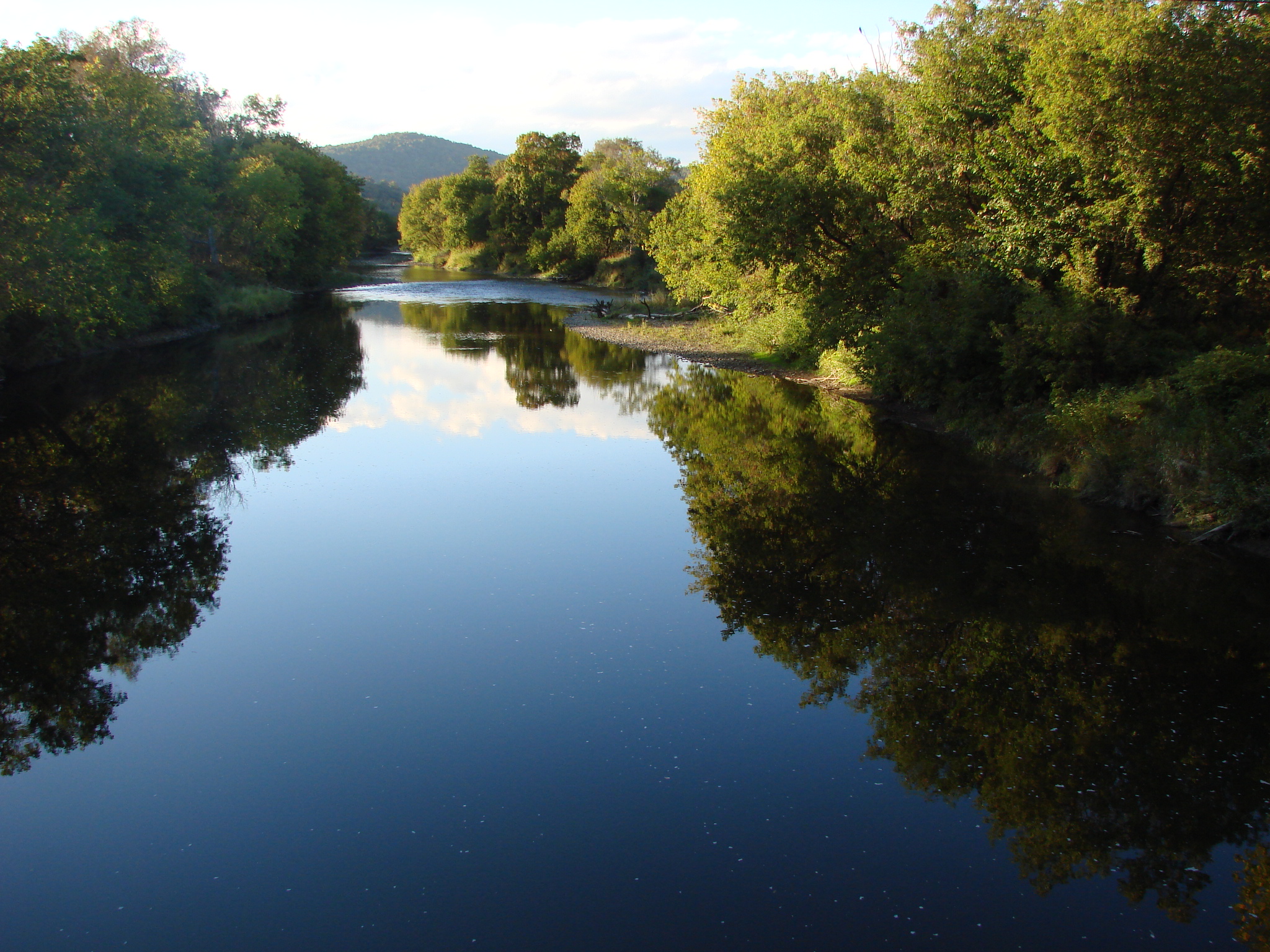In 1927, the Folsom site in New Mexico, which contained the distinctive fluted stone points of the same name directly associated with an extinct species of bison, was identified by archaeologists as the first Paleoindian site. In conjunction with the similar, but earlier, Clovis fluted points found at Blackwater Draw a few years later, these two sites provided clear evidence that humans had been present in the United States since the end of the Pleistocene.
As these discoveries became publicized and archaeologists looked for more examples of early sites, it soon became apparent that fluted points had been found in many states by amateur antiquarians, often as surface finds. Without good contextual data, however, no one had realized how old these points actually were.
In 1929, Vermont collector Benjamin Fisher read an article about the Folsom site in the New York Herald Tribune. He immediately wrote a letter to the scientist mentioned in the paper, Barnum Brown, at the American Museum of Natural History:
I find pictures of your discoveries in Folsom. The arrow head with a chip taken the entire length of it, on both sides, after it had been otherwise finished, is of particular interest to me. … I have known of about a dozen specimens of this same type, taken from one spot in Northern Vermont. (Robinson and Crock 2008:14)
Those points were found by another collector, L.B. Truax, at a site called Fairfax Sandblows. Fisher had discovered for himself another Paleoindian site, Reagen, in 1927. While Fisher corresponded with Brown and others at the AMNH (and the examples he sent were looked at by Clark Wissler, Nels Nelson, and others), and Edgar B. Howard did visit the Reagen Site, little professional attention was given to these sites. In part, this was likely due to the fact that as the Folsom and Clovis sites became publicized, the archaeologists were getting swamped with accounts, both legitimate and less so, of other Paleoindian sites throughout the country.
Over time, the artifacts from the site became scattered amongst both private collectors and museums. It was not until the 1950s that William Ritchie examined many of the artifacts from Reagen. By this time, local rivalries among artifact collectors and the unscientific nature of the collecting had created some confusion over the site. Another Vermont collector, William Ross, claimed to have discovered Reagen in 1922 while hunting. Fisher, however, told Ritchie that he heard of the site from a local resident by way of an unnamed “Old Professor” and first examined it himself in 1927, and that Ross had not been to the site until Fisher brought him there in 1934.
Robinson (2010), the current authority on the Reagen site, convincingly argues that Fisher’s account is more accurate; Ross, for example, claimed to recognize the artifacts as Paleoindian in 1922 because he had previously seen a Literary Digest article about the Folsom site; that article, however, was not published until 1934, and the Folsom site itself wasn’t discovered until 1927.
Very little is actually known about the Fairfax Sandblows site, as no professional excavations were ever conducted. Even its exact location is unknown, but it was near the Lamoille River, and, at the time it was occupied, may have overlooked the shoreline of the great Champlain Sea.
Most of the artifacts have been auctioned off to other collectors or otherwise lost to science, but four fluted projectile points believed to be from Fairfax Sandblows are curated at the Fleming Museum in Vermont. These points are made from a type of rhyolite found in neighboring New Hampshire and typologically belong to the Middle Paleoindian period.

More intriguing are about 16 steatite (or soapstone) artifacts supposedly from the site. Francis Robinson, the current Vermont State Archaeologist, thinks that some of these are truly steatite beads from the Paleoindian occupation of the site while others may be fakes.
References:
Ritchie, William A.
1953 A Probable Paleo-Indian Site in Vermont. American Antiquity 18(3):249-258.
1957 Traces of Early Man in the Northeast. Bulletin No. 358. New York State Museum and Science Service.
Robinson, Francis, IV
2009 The Reagen Site Revisited: A Contemporary Analysis of a Formative Northeastern Paleoindian Site. Archaeology of Eastern North America 37:85-147.
2010 A Brief History of the Reagen Site Since its Discovery. The Journal of Vermont Archaeology 11:1-14.
Robinson, Francis W. IV, and John G. Crock
2008 The “Fairfax Sandblows” Site (VT-FR-64): New Evidence about a Michaud/Neponset Paleo-indian Site in the Champlain Basin. The Journal of Vermont Archaeology 9:13-28.
1 comment